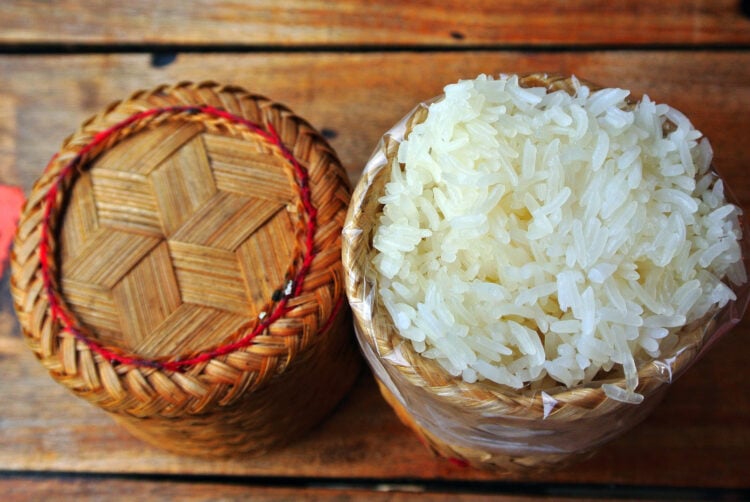There are many varieties of glutinous rice from countries around the world, including Thailand, China, and Japan.
For this recipe, look for Thai or Chinese glutinous rice, sometimes labeled “sweet rice” or “sticky rice.” Different names, same rice—trust me.
Glutinous rice is a versatile staple across many Asian cuisines. Beyond savory dishes you may know, like zongzi (glutinous rice dumplings) or shumai and other dim sum, it’s also used in desserts that are incredibly delicious—I can’t wait to share them with you.
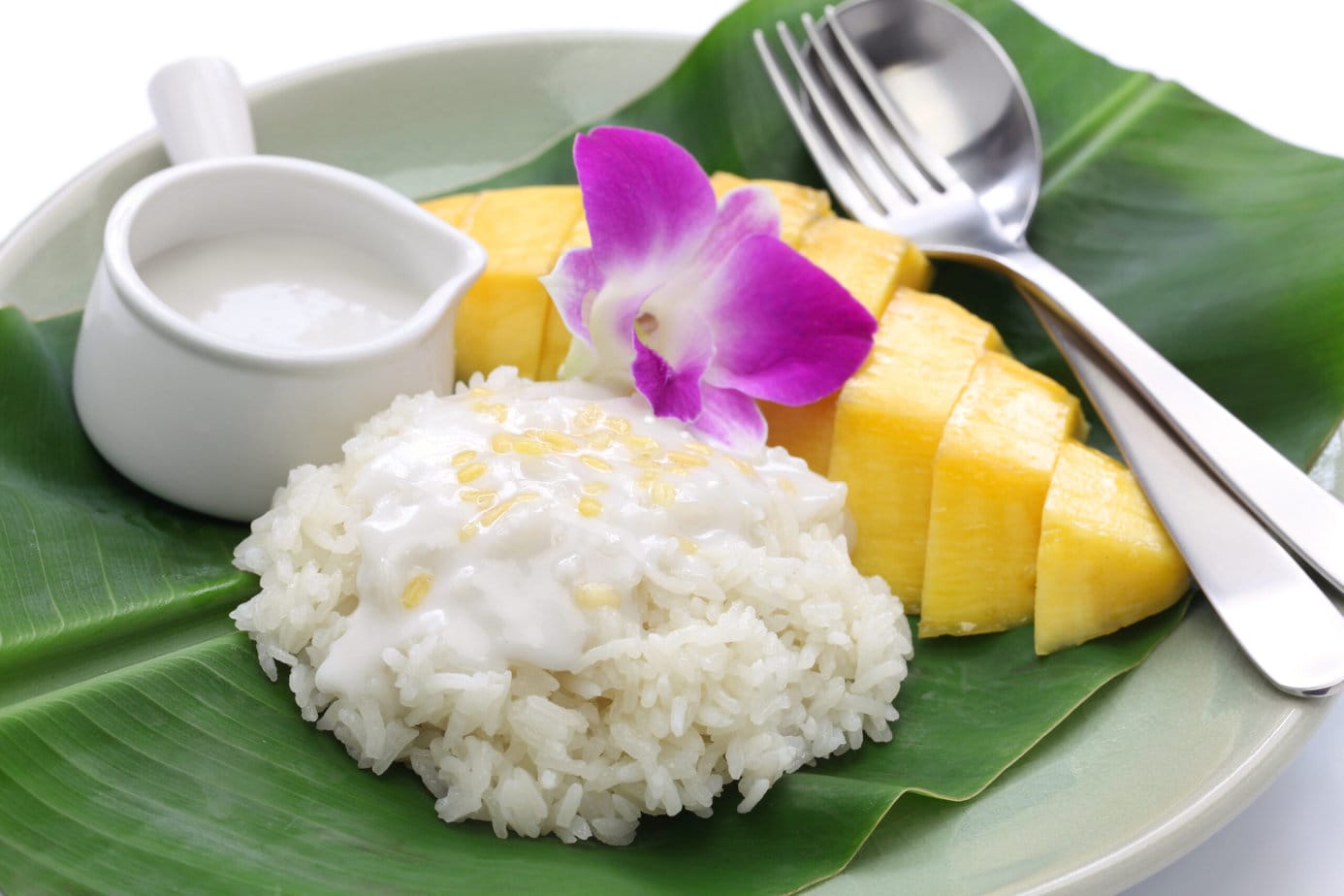
Personally, I’m a huge fan of glutinous rice. I’ve never met anyone who doesn’t love its pillowy texture.
But for some recipes, you’ll want to pre-cook it. Which brings us to the question: how do you cook glutinous rice?
In this quick guide, I’ll show you how to make glutinous rice without a rice cooker or any special equipment.
A FOOLPROOF method for cooking glutinous rice
Cooking glutinous (sticky) rice is a bit different from cooking regular rice. It needs less water, which makes steaming a better option than simmering in a pot of water.
Some higher-end Chinese and Japanese rice cookers have special settings, but most don’t. More importantly, these rice cookers can be expensive ! Easily over €600.
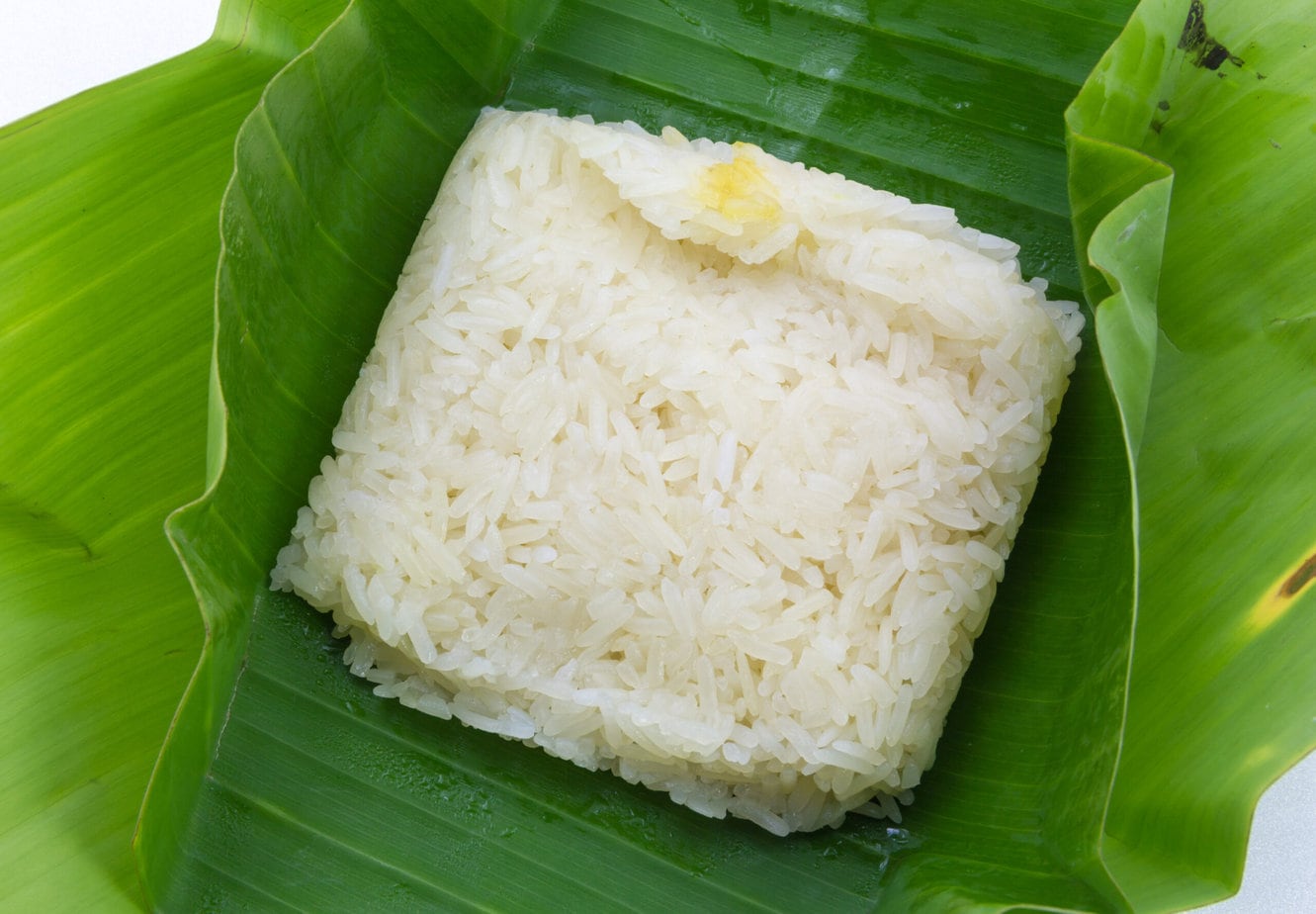
I like a foolproof soak-and-steam method. The rice turns out perfectly every time, and each grain stays fairly distinct (instead of clumping into one big sticky mass, which can sometimes happen in a rice cooker).
Say goodbye to mushy, waterlogged, or undercooked sticky rice. And no special equipment is required! All you need is a large, deep pot with a lid; an empty tuna can (or a steamer rack, if you have one); and a heatproof dish.
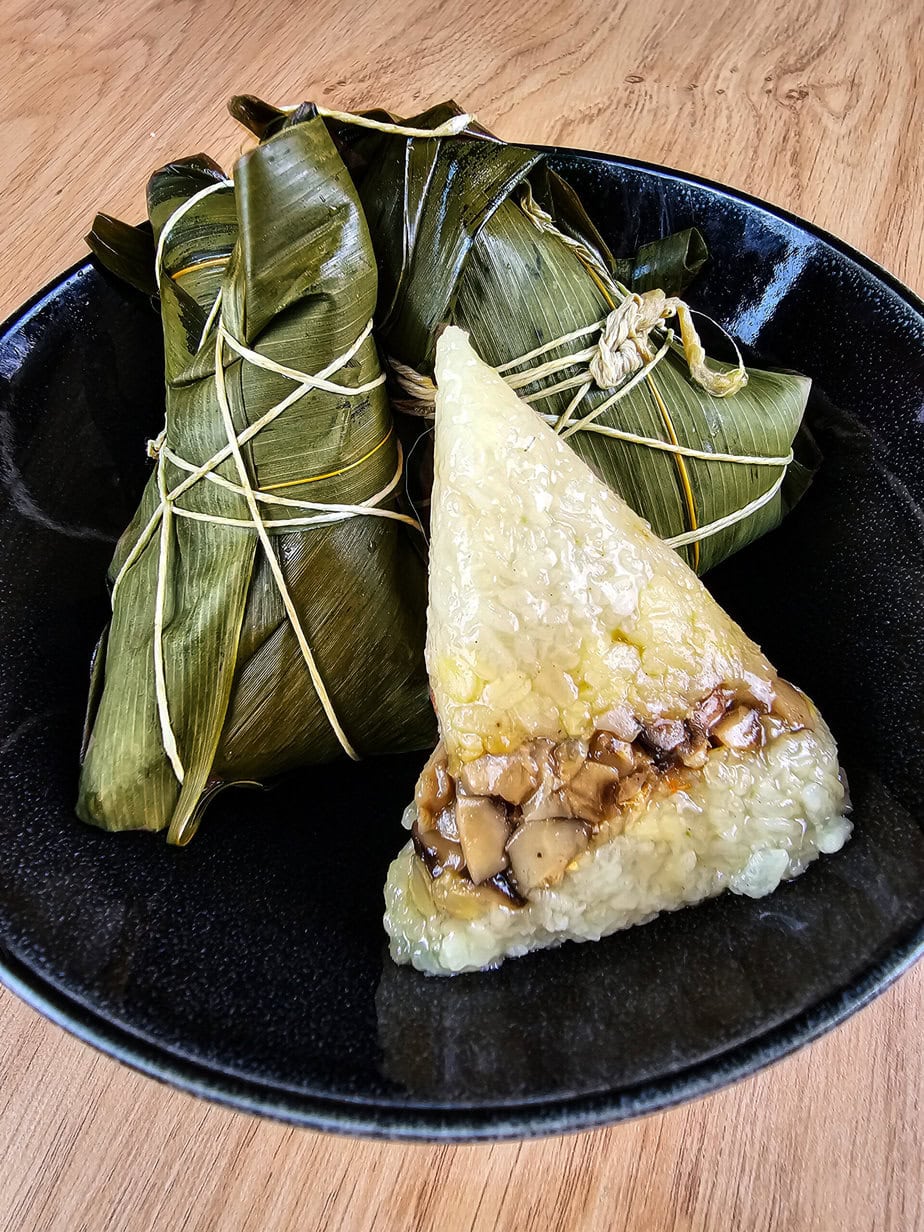
If you have a bamboo steamer basket (my favorite steaming tool) or a metal steamer, either will work too.
Tips for cooking glutinous rice
Before we get to the recipe, here are a few important tips for cooking sticky rice:
- Heads up: it’s really sticky! When handling cooked glutinous rice, wet your serving utensils and hands to keep it from sticking.
- It’s also a good idea to line the plate or steamer tray with parchment paper.
- Another key tip: glutinous rice dries out and hardens quickly at room temperature. Keep it warm and covered until serving or adding to a recipe.
- It’s best served warm, as cold, hardened glutinous rice can be difficult to digest.
Where to find glutinous rice
You’ll find it at any Asian grocery store, and these days in some supermarkets as well.
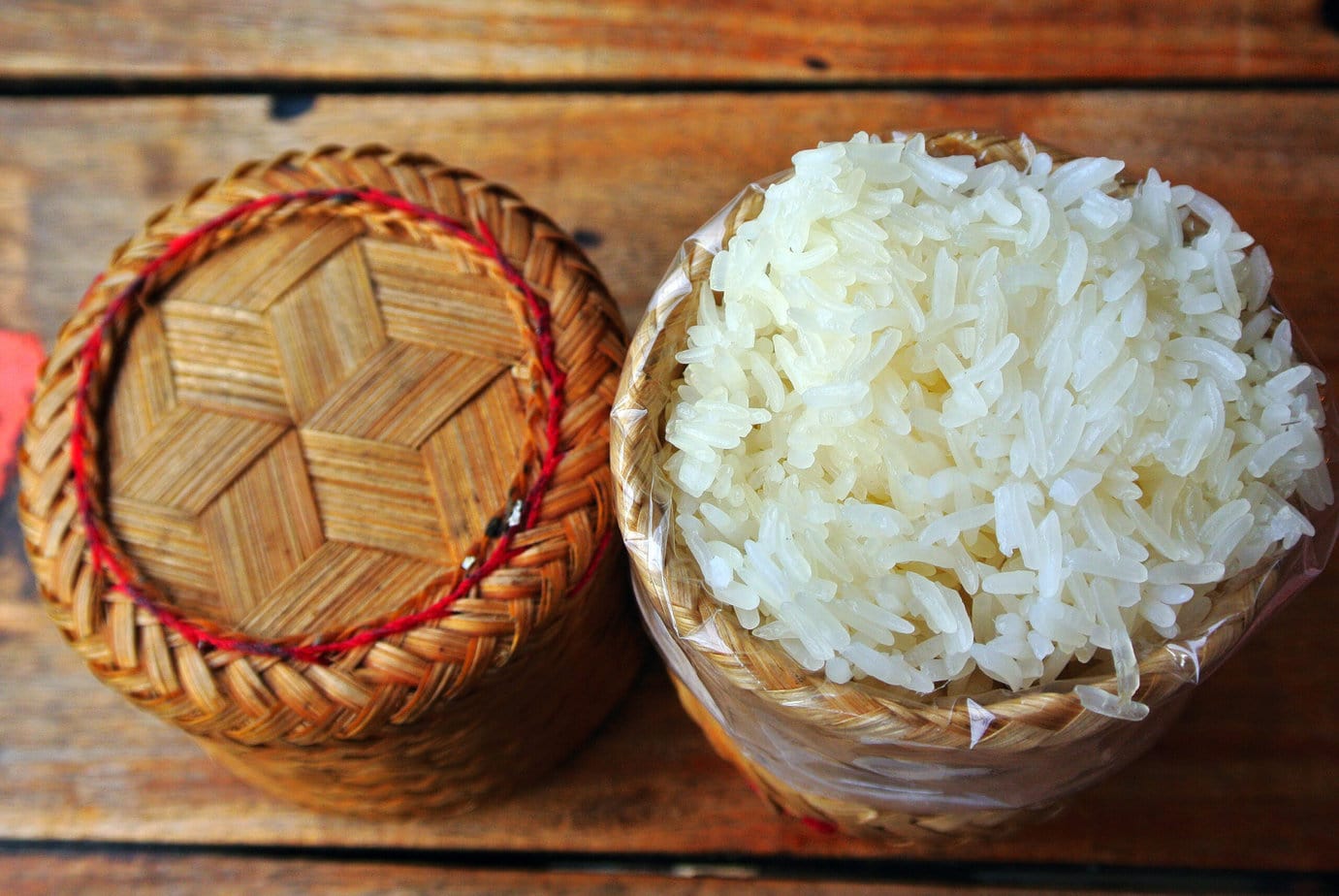
Equipment
Ingredients
- 210 g sticky rice
- water
Instructions
- Place the sticky rice in a mixing bowl or another deep container. Add enough water so the level sits at least 7.5 cm above the rice, as the grains will expand while soaking.
- Soak for 6 to 24 hours. For a softer texture, soak longer.
- Drain (there’s no need to shake off excess water), then spread the soaked sticky rice evenly on a heatproof rimmed plate or in a bamboo steamer lined with parchment paper.
- Cover and steam for 30 to 45 minutes. For larger batches, steam in two batches or extend the steaming time. Check for doneness and increase the time as needed.
- Keep the sticky rice in the steamer, or covered, to prevent it from drying out until serving or using in a recipe.
